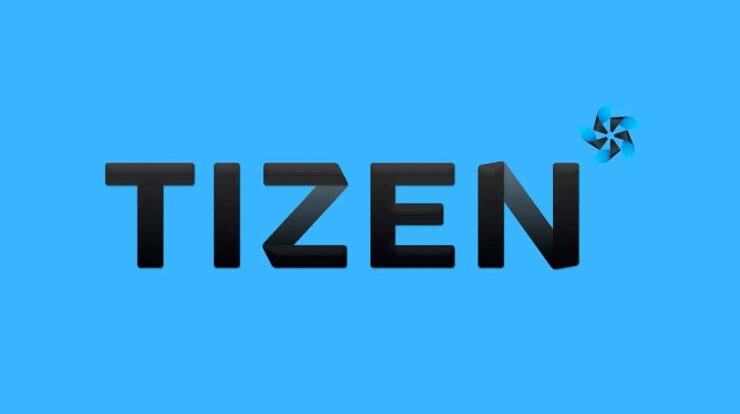
In the digital age, where data has become a vital asset for businesses and individuals alike, the need for secure file transfer methods has never been more critical. From sensitive financial information to personal documents, the transfer of data requires robust security measures to protect against unauthorized access and potential breaches. Over the years, technology has evolved to meet these challenges, with innovative providers such as Filemail continually reshaping the landscape of secure file transfer. This article explores the evolution of secure file transfer in technology, from its humble beginnings to the sophisticated solutions of today.
The Early Days: FTP and Basic Encryption
File Transfer Protocol (FTP) emerged as one of the earliest methods for transferring files over a network. Developed in the 1970s, FTP provided a simple way to upload and download files between servers and clients; however, its lack of built-in security features made it vulnerable to interception and unauthorized access. To address these concerns, basic encryption techniques such as Secure Shell (SSH) were introduced to add a layer of protection to FTP connections. Although these measures offered some level of security, they were often cumbersome to implement and prone to vulnerabilities. Despite its shortcomings, FTP remained a widely used protocol due to its simplicity and widespread support across various operating systems.
The Rise of SSL/TLS: Securing Data in Transit
As internet usage grew, so did the need for more robust encryption protocols to safeguard data during transmission. Secure Sockets Layer (SSL) and its successor, Transport Layer Security (TLS), emerged as industry standards for securing communication over the internet. By encrypting data in transit between a client and a server, SSL/TLS protocols provide a higher level of security for various online activities, including file transfer. FTP over SSL (FTPS) and Secure HTTP (HTTPS) protocols utilized SSL/TLS to establish secure connections, guaranteeing sensitive information remained protected from eavesdropping and tampering. This widespread adoption of SSL/TLS marked a significant milestone in enhancing the security of file transfer protocols.
The Advent of SFTP and SCP: Enhanced Security for File Transfer
While SSL/TLS encryption addressed many security concerns, the need for more secure file transfer protocols persisted. Secure FTP (SFTP) and Secure Copy Protocol (SCP) emerged as alternatives to traditional FTP, offering enhanced security features such as encryption and authentication. SFTP, based on the SSH protocol, provided a secure channel for transferring files over a network while SCP allowed for secure file copying between hosts. These protocols became popular choices for organizations seeking to strengthen their data transfer security, particularly in industries handling sensitive information such as finance, healthcare and government. The adoption of SFTP and SCP represented a significant shift towards more secure and reliable file transfer methods.
Managed File Transfer Solutions: Streamlining Security and Compliance
With the growing complexity of data transfer requirements and the increasing regulatory scrutiny surrounding data privacy and security, organizations turned to managed file transfer (MFT) solutions to address their needs. MFT solutions offer a comprehensive approach to secure file transfer, combining encryption, authentication, access controls and audit trails into a single platform. These solutions enable organizations to streamline their file transfer processes while ensuring compliance with industry regulations such as GDPR, HIPAA and PCI DSS. Additionally, MFT solutions often provide advanced features such as automated workflows, file tracking and integration with existing systems, further enhancing security and efficiency. The integration of MFT solutions into business operations has led to improved security posture and simplified compliance management for organizations across various sectors.
The Emergence of Cloud-Based File Transfer Services
As businesses embraced cloud computing for its scalability and flexibility, cloud-based file transfer services emerged as a popular choice for secure data exchange. These services leverage the power of the cloud to provide secure and reliable file transfer capabilities without the need for on-premises infrastructure. Cloud-based file transfer services offer features such as end-to-end encryption, multi-factor authentication and centralized management, making them well-suited for businesses of all sizes. Additionally, many cloud providers adhere to industry best practices and compliance standards, giving organizations peace of mind knowing their data is protected. The scalability and cost-effectiveness of cloud-based file transfer services have made them an attractive option for organizations looking to modernize their file transfer capabilities.
Blockchain-Powered File Transfer: The Future of Security?
Looking ahead, emerging technologies such as blockchain hold the potential to revolutionize secure file transfer even further. Blockchain, the decentralized and tamper-proof ledger technology behind cryptocurrencies like Bitcoin, offers unique advantages for data transfer, including immutability, transparency and traceability. By leveraging blockchain, file transfer systems could provide enhanced security through distributed consensus mechanisms, confirming that transferred files remain tamper-proof and verifiable. While still in its infancy, blockchain-powered file transfer solutions have the potential to reshape the future of data security in the digital age. The integration of blockchain technology into file transfer systems could introduce new levels of trust and transparency, enabling secure and auditable data exchange across various industries.
Conclusion
The evolution of secure file transfer in technology reflects the ongoing efforts to safeguard sensitive data in an increasingly interconnected world. From the early days of FTP to the emergence of blockchain-powered solutions, innovations have continually pushed the boundaries of security and reliability. As organizations grapple with the challenges of data protection and regulatory compliance, secure file transfer remains a critical component of their cybersecurity strategies. By remaining abreast of technological advancements and adopting best practices in secure file transfer, businesses can mitigate risks and ensure the integrity and confidentiality of their data assets.


